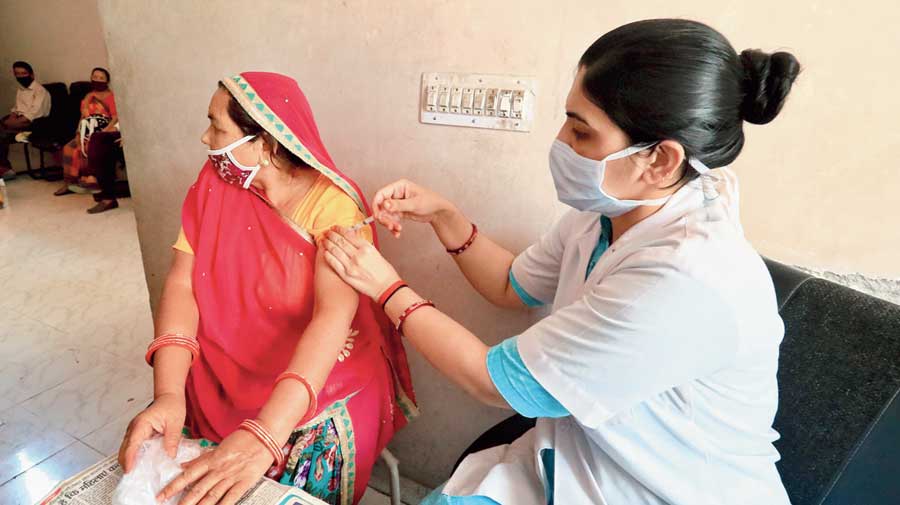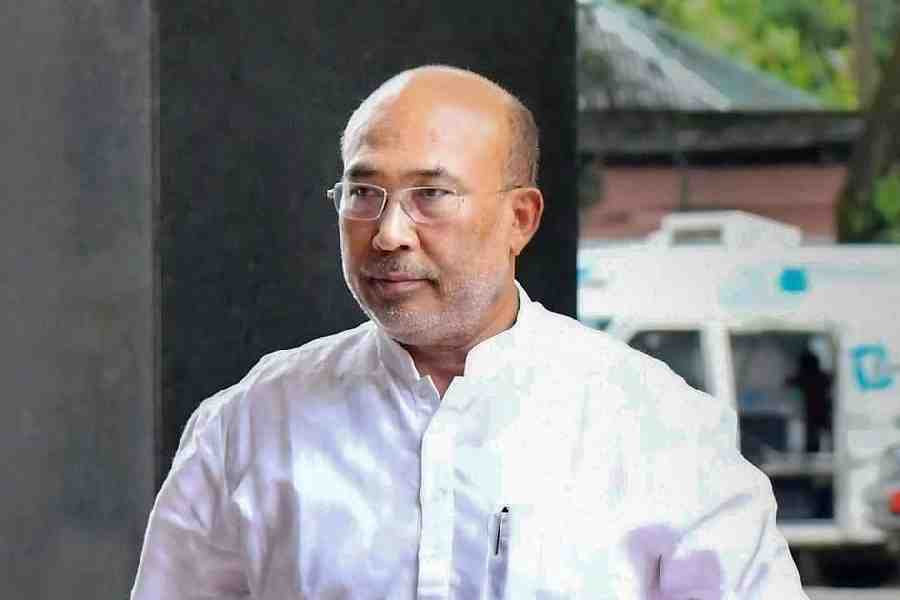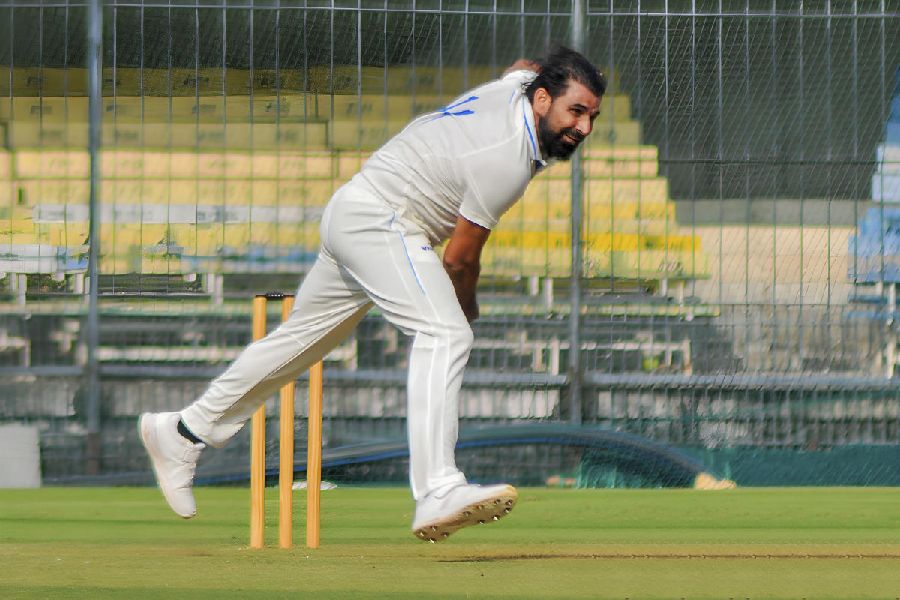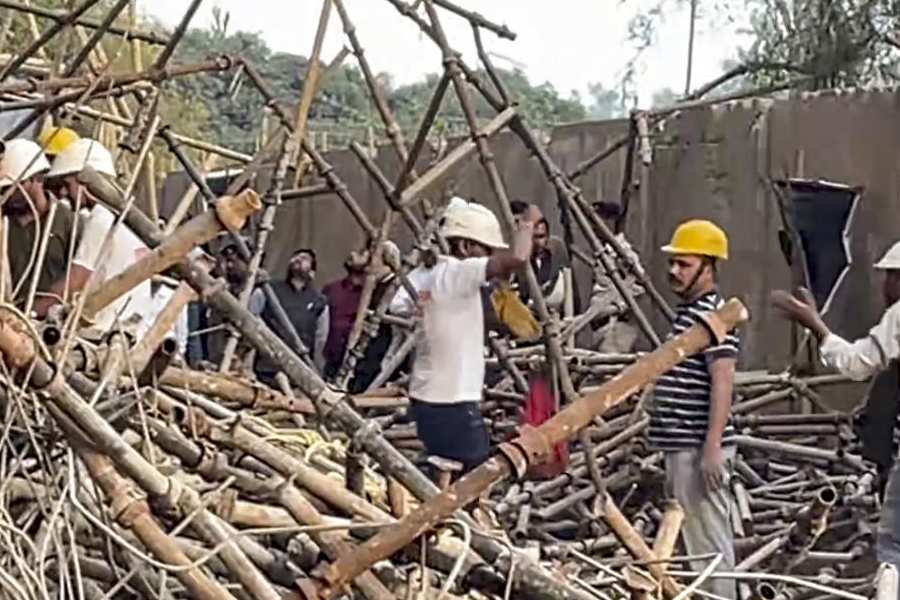With awareness campaigns in local dialects, inclusion of influential villagers and religious leaders in busting myths around Covid-19 vaccination and wall paintings encouraging people to take the jab, the Jharkhand government has managed to overcome the widespread hesitancy against immunisation among members of Particularly Vulnerable Tribe Groups (PVTGs) in the state over the past one month, officials said on Wednesday.
Even though the Co-Win platform did not provide any segregation for the PVTGs, the state government at its level ran extensive campaigns to vaccinate members of these groups, who live in the interiors and are mostly unaware of the happenings around the world.
However, convincing the PVTGs to get vaccinated was not an easy task. Many members of these tribe groups were of the opinion that vaccination would lead to death and even minor side effects after the jabs triggered major panic among them, officials involved in the campaign said.
In a bid to increase acceptance for vaccines among members of these groups, the health department roped in influential village personalities and religious leaders to bridge the communication gap. The religious leaders and other influential villagers took the jabs first in front of the villagers to prove that they were safe and then asked them to get vaccinated, officials said.
“We launched a campaign to vaccinate PVTG members on priority basis about a month ago. After initial hiccups, we managed to put an end to the apprehensions of these tribe groups and the inclusion of influential personalities of the villages helped us a lot,” said Dr. Siddharth Tripathi, the nodal officer of health department’s Information, Education and Communication (IEC) wing.
As per the 2011 Census, there are nine PVTGs in Jharkhand – Asur, Birhor, Birjia, Hil Kharia, Korwas, Mal Pahariya, Parhaiya, Sauria Paharia and Savar. With a total population of 2,23,327, these tribe groups are spread across various districts of Jharkhand, mostly in Santhal Pargana, East Singhbhum and parts of Koderma. Several surveys have highlighted that several members of these tribe groups suffer from malnutrition, anaemia, illiteracy and lack of access to basic resources.
Recalling an incident in Koderma, an official involved in the vaccination campaign said that some members of PVTGs ran into jungles and climbed atop trees to avoid vaccination when the campaign started earlier this year.
“We all know how easily villagers can turn violent if they feel threatened. One of the toughest tasks for us was to keep them calm and explain the benefits of vaccination to them,” he said, requesting anonymity.
One of the first vaccination campaigns for PVTGs was run in Gurabanda block of East Singhbhum, a left wing extremism-affected area with high poverty and illiteracy rate, about a month ago. There, vaccination teams had to have dialogues with the leaders of groups protesting against vaccination and convince them to end the protests. Eventually, pictures of such protestors getting vaccinated were put up on flexes and pasted on walls in the villages to encourage vaccination, officials said.
The state is yet to compile data related to vaccination of PVTGs, but officials spearheading the campaign say that at least half of them have received the first dose of vaccine.











